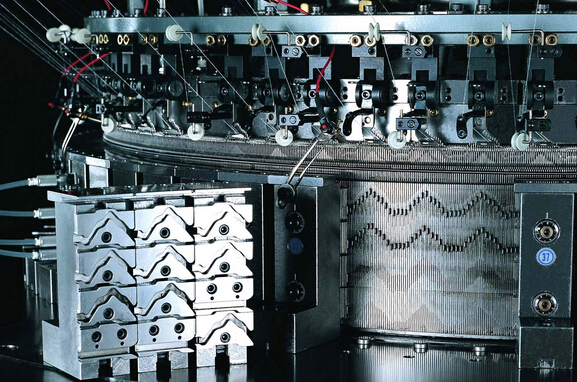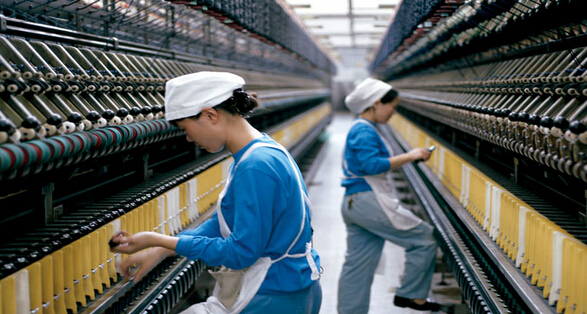In recent days, a new type of scarf is put into the market. They are regarded as green knitting products for being dyed with vegetable juice, fruit juice or tea.
For the knitting enterprises, the competition among them is moving around new types and products. Every part of the knitting industry is connected closely with each other. Therefore, a creative idea will always influence the whole field. However, the most important step after eliminating the obstacles is to make new products integrate into the market. Natural dyeing has been an excellent selling point for these scarfs. Nevertheless, the comprehension and grasp of market should be more patient and careful. For the new products, this is the most critical part of the marketing.
New products are usually delivered with some certain theories, including the concepts of designers and manufacturers. Therefore, the consistency of new products throughout the whole process will leave more impressions on the market and sellers.
This time, the most distinctive feature of new scarfs is being dyed with natural fruit and vegetable juice. They are 100% environment friendly.
Compared with the traditional dyeing technology, the natural dyeing technology requires for more expensive labor costs while the raw material costs are similar. However, the cost will be controlled after the execution of industrialized production. The goods will be sold at a reasonable price.
Both concepts and products can embody the advantages of environment-friendly knitting. However, only good marketing concerning packages, theories, costs and markets can make the products profitable. Finding a correct position for the new knitting products, then the manufacturer will greatly benefit from them.

